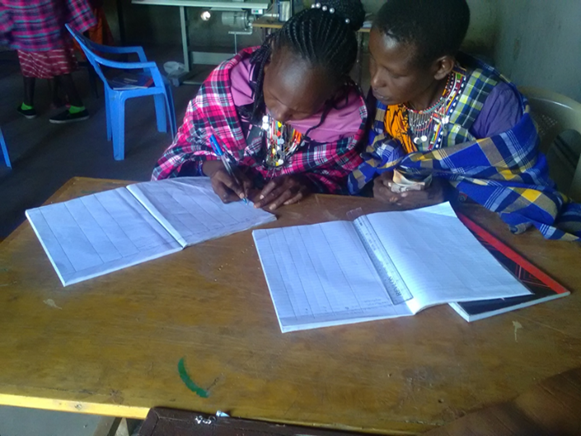


Eco-Friendly Leather Tanning and Manufacturing knowledge is an upgraded concept of curing naturally hides and skins from livestock. The initiative targets vulnerable women who are illiterate and have limited opportunities as well as skills.
Training has been tailored to specifically reach these target beneficiaries using simple instructions and toolkits as well as a more practical approach. The training has been conducted in Maasai language mostly and Kiswahili in other cases. The simple methods of measurements and cutting has proved to be adaptable and understood even among the illiterates. For most women, this has been one of the only formal skills they have received in their lives. Most importantly, during the training a set of skills were identified among beneficiaries and nurtured in the followup sessions.
The first Learning exchange done where women from Kenya traveled to Tanzania and learned in an established Leather Center was a remarkable turn and it created a huge impact in how they received the initiative. They were very eager to have more women in their country trained and benefit from the activity. The knowledge and skills offered have changed the mindset and transformed the livelihoods of women.
The training design, methodology and practical exercises were some of the best experiences that made this initiative possible. Capacity building for women who have little or no formal education can be a challenge. The training was designed to accommodate this need and make the women understand the concept but also choose to be part of what they are more capable of. For example, older and illiterate women were more focused on beading the leather products such as belts, while some who have some formal education were more engaged in measuring and cutting belts.
-
Training and capacity building has to be tailored to suit a specific context, needs and demands of the target beneficiaries. Language, culture and the fact that women also take such a huge role in their families every day need to be taken into account when deciding the training plan.
-
The learning exchange between peer groups/ women is very powerful in transforming mindsets and creating passion. The cross-border learning exchange can be expensive but it is worth setting out a clear plan and budget that will make this journey educational and interesting to the participants.
-
It is essential for anyone who is interested in conducting community training and capacity building to take time in designing a relevant content, methodology and even dedicate half of the time to practical exercises. It is also equally important to take into account all other cross cutting issues such as gender roles, language, distance, and levels of literacy.